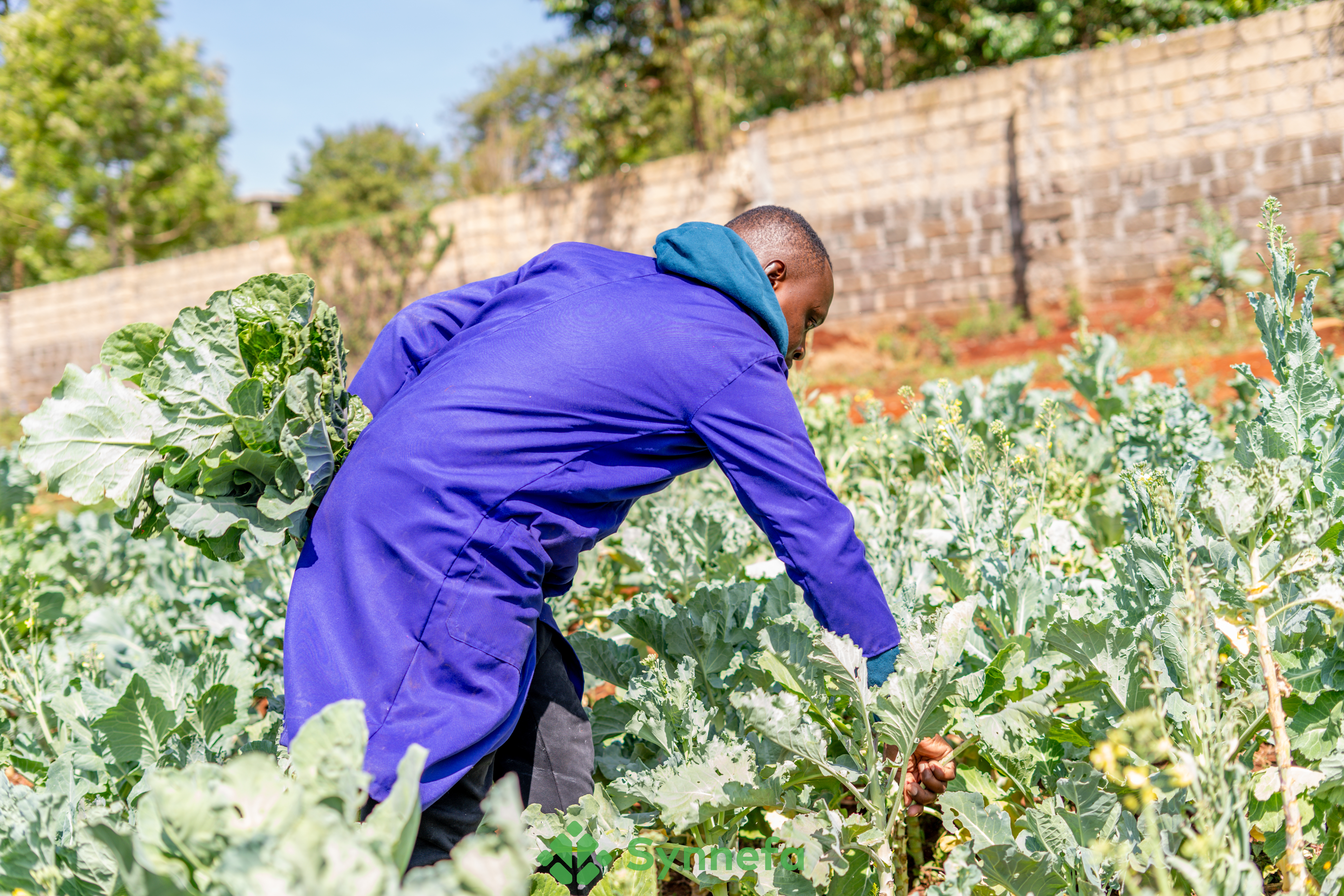How Climate Change Impact Agriculture and What We Can Do About It
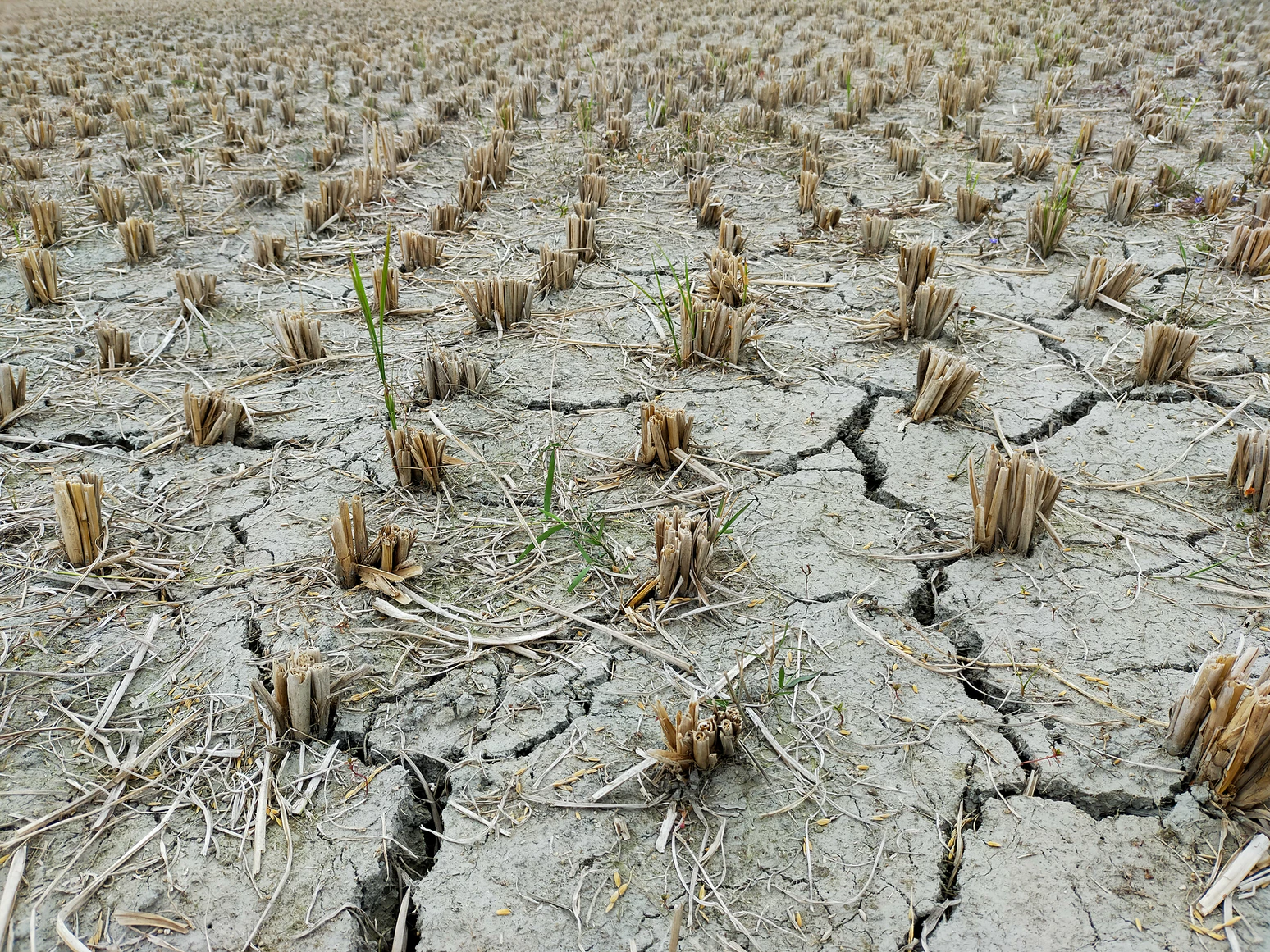
Climate change is expected to make agricultural development more challenging. Weather patterns are becoming less favorable in many instances, increasing the volatility of crop and livestock yields. The frequency and/or severity of extreme events is increasing as temperatures are projected to continue rising, and rainfall patterns are expected to shift more than they have already.
Agriculture is strongly influenced by weather and climate. While farmers are often flexible in dealing with weather and year-to-year variability, there is nevertheless a high degree of adaptation to the local climate in the form of established infrastructure, local farming practice and individual experience.
Climate change can therefore be expected to impact agriculture, potentially threatening established aspects of farming systems but also providing opportunities for improvements.
The increasing demand of food due to ever growing population has resulted in intensive agricultural practices including unprecedented use of agro-chemicals, livestock generation (for meat and other source of income), exploitation of water resources etc. This has further aggravated the situation by release of greenhouse gas (due to agricultural activities) and resulting in pollution of natural resources.
Forests act as a sink to the increasing amount of CO2 but unchecked rate of deforestation (mainly for development and agriculture) have imbalanced the natural process of carbon cycle. This has increased the amount of carbon footprint and induced uneven pattern of climate resulting in a variety of adverse effects which have major impact on agricultural production.
What's the climate change's impact on agriculture?
The short answer is that it affects it in all sorts of ways. Some of which are easy to predict and others that are a bit more difficult to pin down. But in general, climate change:
- Affects agriculture through fluctuations in the prices of food and harmful weather patterns such as heat waves and droughts.
- Changes in ozone, greenhouse gases and climate change affect agricultural producers greatly because agriculture and fisheries depend on specific climate conditions.
- Temperature changes can cause habitat ranges and crop planting dates to shift and droughts and floods due to climate change may hinder farming practices.
(a) Changes in climate
The nature of agriculture and farming practices in any particular location are strongly influenced by the long-term climate state—the experience and infrastructure of local farming communities are generally appropriate to particular types of farming and to a particular group of crops which are known to be productive under the current climate.
Changes in the climate away from current states may require adjustments to current practices in order to maintain productivity, and in some cases the optimum type of farming may change.
(b) Climate variability and extreme weather events
While change in long-term mean climate will have significance for global food production and may require ongoing adaptation, greater risks to food security may be posed by changes in year-to-year variability and extreme weather events from too much rainfall, hailstones, drought to too much wind that destroy crop stems.
(c) Pests and diseases
Industrialisation, especially the oil refineries have contributed to rise in CO2 which is negatively impacting agriculture. Rising atmospheric CO2 and climate change may also impact indirectly on crops through effects on pests and disease. These interactions are complex and as yet the full implications in terms of crop yield are uncertain.
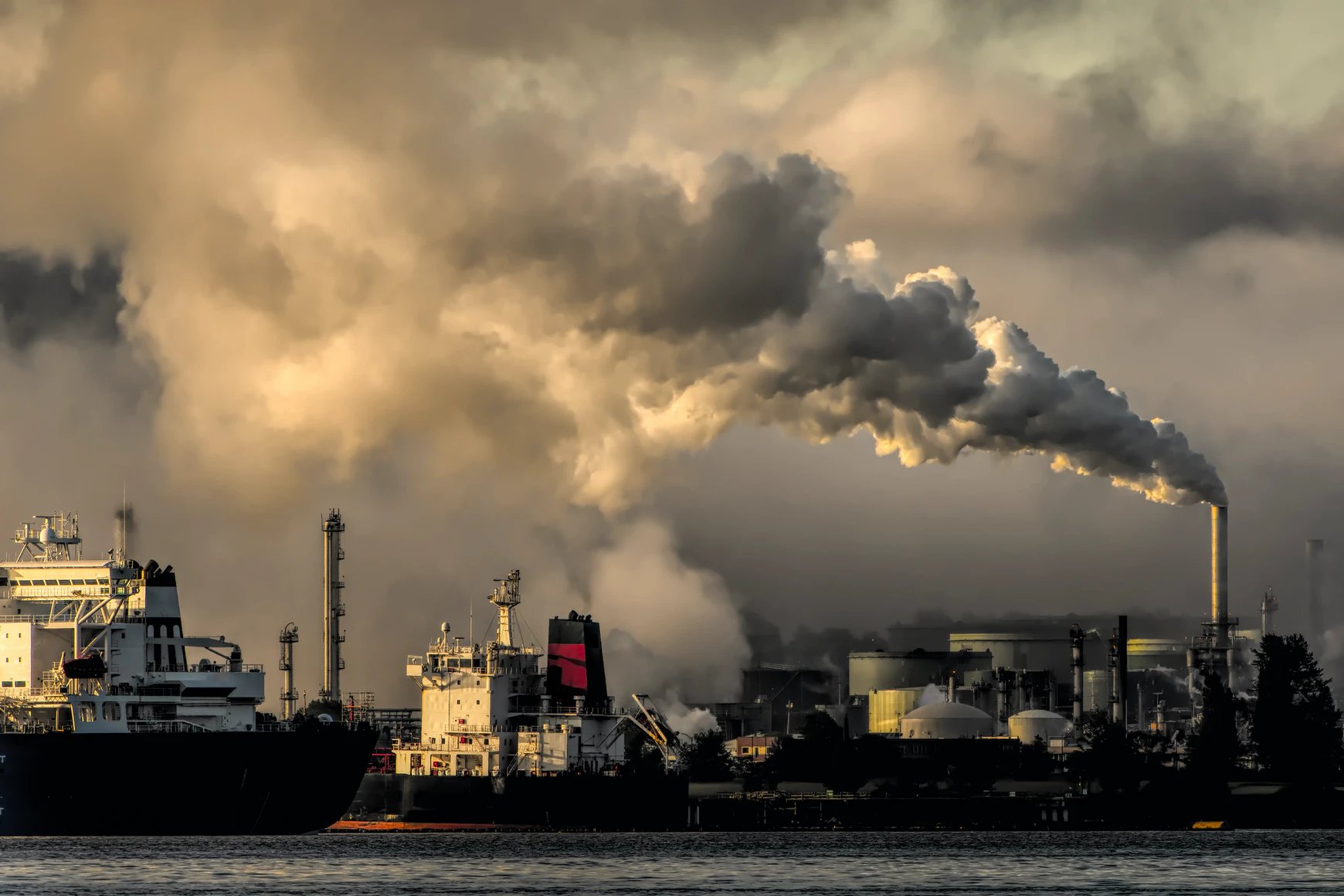
Indications suggest that pests, such as aphids and weevil larvae, respond positively to elevated CO2. Increased temperatures also reduced the overwintering mortality of aphids enabling earlier and potentially more widespread dispersion.
(d) Heat wave and Drought
Dealing with drought could become a challenge in areas where rising summer temperatures cause soils to become drier. Although increased irrigation might be possible in some places, in other places water supplies may also be reduced, leaving less water available for irrigation when more is needed.
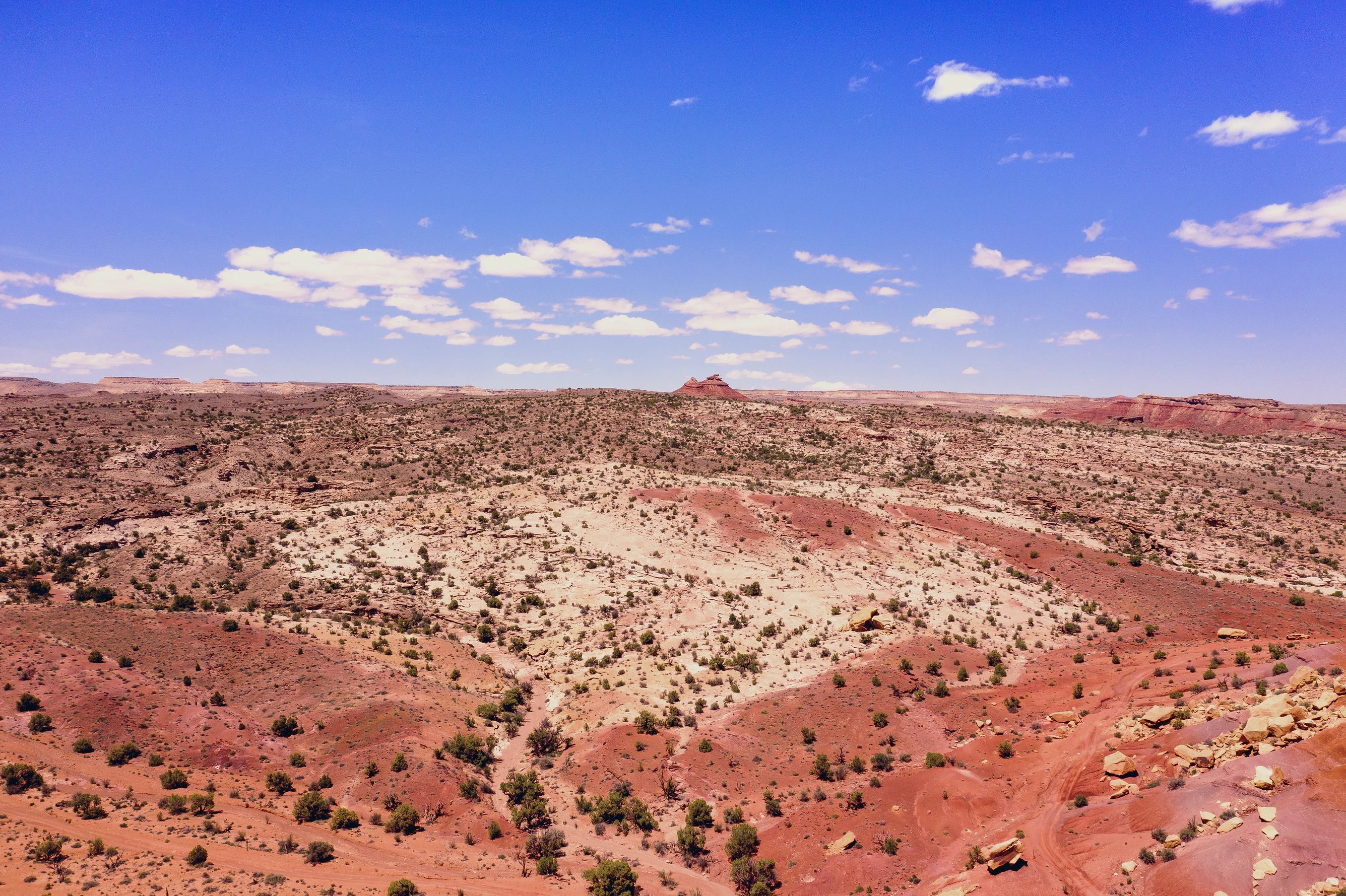
What can we do about the looming threat of global climate change?
Well, the sooner we commit to decreasing carbon emissions, the better. This means implementing more renewable energy sources, reducing transportation emissions, and not burning fossil fuels. But with all the pollutants in our air, water, and soil already causing such problems for plants and animals, it might be too late. If that's the case, we need to figure out how to cultivate plants in ever-changing climates across the world.
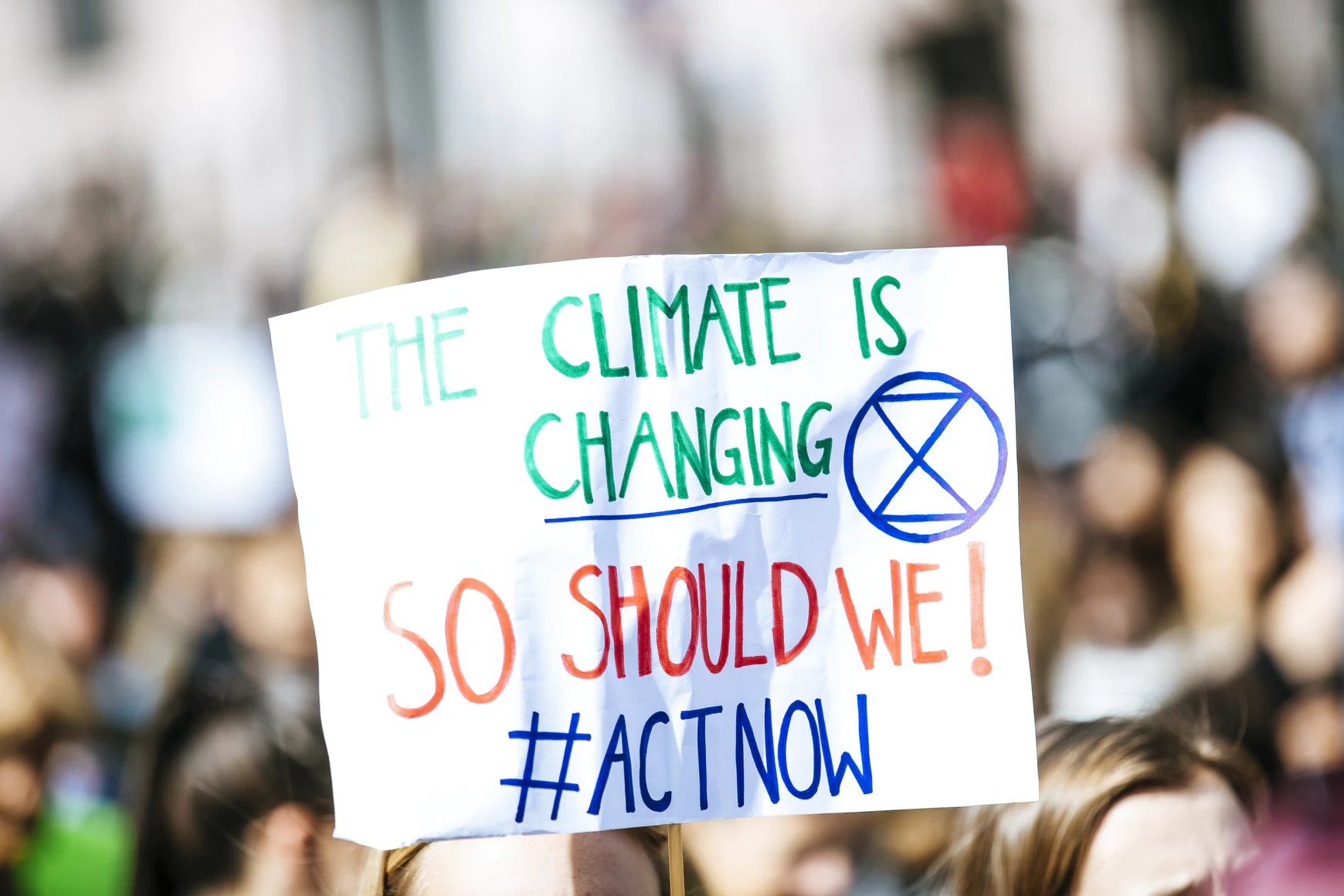
Climate change is widely acknowledged to be the defining environmental issue of our time, and many consider it to be the greatest challenge of the 21st century. With this in mind, it is important for us all to contribute in any way that we can to reduce our carbon footprint and curb global warming before it is too late. One easy way to do this, for individuals, is by making small changes at home that can make a big impact.
Conclusion
The scale of the problem is clearly enormous. But it needn't be insurmountable, either. It is possible to live more sustainably, so that we can reduce carbon emissions while at the same time improving productivity.
The planet is changing—you can either be part of the problem or part of the solution. We may not have all the food and water resources that our species will need in a century, but we can certainly arm ourselves with the knowledge and tools needed to help secure those resources. And if we do that now, future generations will thank us for it in the decades to come.
We help farmers practise smart farming through greenhouse farming, farm monitoring tools and agronomy services. Reach out to us.


